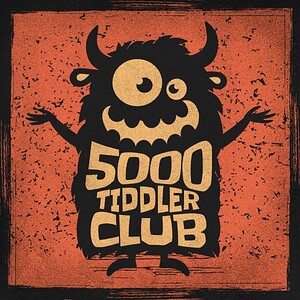Who else has a TiddlyWiki that has grown to a monstrous size?
When new versions of TW are released, I always look for the Performance Improvements section of the release notes. Looking at some of the linked-to discussions on GitHub, adding performance improvements can be a tedious process. I think contributors like @saqimtiaz and @Flibbles are not appreciated enough for their work in this area, and I’d like to show them that they’re not doing it only for themselves, but that there are many of us out there benefitting from it. So post your wiki size here if you’re in the club.
My main wiki has around 8,900 tiddlers and 10.5 MB size, no embedded images except for a few SVG icons.
There are a few places here on Talk where useful tips on performance improvements for user wikitext can also be found. I have implemented what’s sensible, and my wiki doesn’t feel sluggish (yet). mainRefresh is around 100–200 ms for most navigation (even with search results open) and up to 400 ms when opening more complex tiddlers (think tabbed toc inside a tabbed toc) or searching. So, not bad, but it comes at the price of constantly looking for possible optimizations.
I’ll try to use this thread to collect some of these optimizations together in one place. Feel free to add.
I’ll start with @saqimtiaz’ Thoughts on Performance which I regularly like to revisit for inspiration.
Have a nice day
Yaisog

